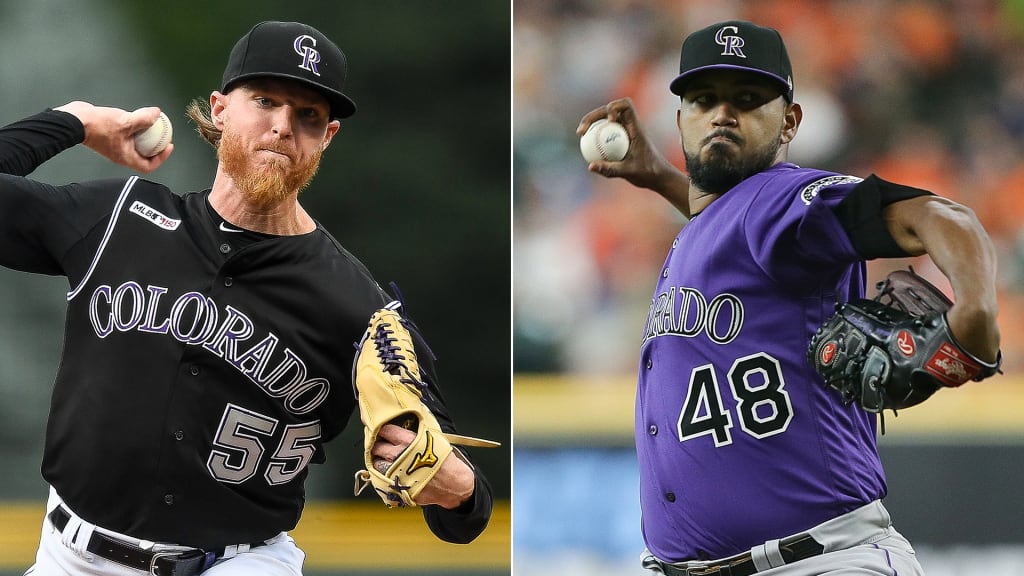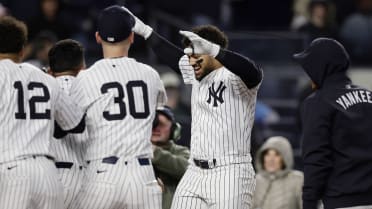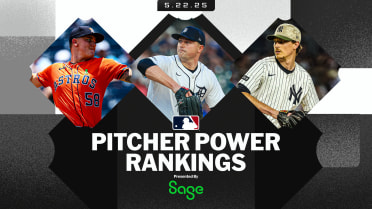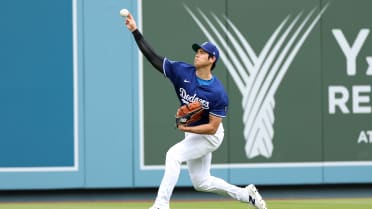
DENVER -- Is the fastball down on the outs? Let’s dive in, and even wax poetic (or something like that) in the latest Inbox.
The trend in baseball is away from the low fastball. The Rockies went to the postseason in 2017 and '18, and dropped to fourth in the National League West in '19, all by pitching against the trend.
First, Statcast numbers:
In the past three seasons, the Rockies’ four-seam fastball pitch height was:
2017: 2.54 feet, tied for fifth-lowest in the Majors (https://atmlb.com/32EHl1I)).
2018: 2.53 feet, tied for lowest (https://atmlb.com/2pEsWEq)
2019: 2.51 feet, lowest (https://atmlb.com/2pEhj0f)).
While the Rockies have gone lower, the average four-seamer has gone higher:
2017: 2.63 feet
2018: 2.67 feet
2019: 2.73 feet
The sentiment you expressed mirrors what I have been reporting from many who study this sport. The basic determination is being on the low end of fastballs and losing 91 games in 2019 means the Rockies are well behind everyone.
There is something to pitching up. Here is a smattering of pitchers who are in the top 25 percent among starters (minimum 750 fastballs thrown) who threw fastballs up, in or out of the zone, and had good 2019 seasons: Jake Odorizzi, Charlie Morton, Gerrit Cole, Jacob deGrom, Justin Verlander, Cole Hamels, Stephen Strasburg and James Paxton.
But before leaping to the conclusion that up is good and down is bad, let’s not forget something. The Rockies in 2017 and '18 led the National League in starter innings pitched.
Here are pitchers who, using the same parameters but with low four-seamers in or out of the zone, who were just fine in 2019:
Gray and Marquez wear Purple Pinstripes.
I will give a little preview of factors that will show up in various articles on Rockies.com:
• Rockies coaches and stat analysts from inside the organization met with various contracted companies that measure pitching metrics toward the end of the regular season to go over the data.
• The Rockies have fewer employees in their research and development department. Even if the employees who have statistical analysis as part of their jobs are added, many teams dwarf the Rockies’ amount of resources.
• While much of baseball has discussed how balls traveled off the bat in 2019, the ball’s action from pitcher’s hand to home plate changed -- and the difference at Coors Field was stunning.
• The coaching staff saw a strategy that not only succeeded -- not only in the Majors but in developing the depth that made a difference in 2017 and ’18 -- turned on its head in '19, and has been called upon to adjust.
So, can pitchers who have thrown a certain way suddenly change?
Example:
A lower spin rate is not a “bad” spin rate. It can be used to force ground balls. In 2019, among the 107 pitchers with 2,000 or more pitches, Marquez ranked 71st, Gray 82nd and Antonio Senzatela 91st in average four-seamer spin rates.
According to Stats Inc., Senzatela (up and down until the final month) finished third in the NL, Gray 10th and Marquez 12th in ground-ball rate among starters. By the way, in each of the past three years, the Rockies have had between two and three pitchers in the top 12 in the category.
This year, Kyle Freeland 46.1 percent ground-ball rate during a 3-11, 6.73 ERA struggle wasn't much different from his 46.7 in 2018 according to Stats, when he finished 17-7, 2.85, and came in fourth in Cy Young Award voting.
Do the Rockies repeal their strategy and replace some or all their starters for 2020? Or, if they have the same guys with the same spin rates, can they get better action and make the staff less predictable? Were there adjustments that Gray (3.84 ERA, 150 strikeouts in the same number of innings) and Marquez (4.67, 175 K's in 174 IP) made that others can adopt?
There’s an old football saying one can stretch to comical but poetic proportions:
It’s not the X’s or the O’s
or even the Jimmies or the Joes.
Whether pitch strategy is off
or if it’s on
depends on German
and on Jon.
I’ll be here all offseason.
The biggest question for the Rockies (seemingly annually) is how do you fix that bullpen? Signing veterans just hasn't worked. Isn't it time to try and convert Senzatela and Jeff Hoffman and maybe Tyler Anderson when he comes back, into, what hopefully will be, dominant back-end guys?
-- @Flame_urhomie
Spent a lot of space on the last question. But I’ll work quickly on this one, and will flesh out more in the future.
Wade Davis was a positive in 2018 and a drag last season. If he fully regains form, he should be closer. If not, options from within are Scott Oberg, Jairo Díaz and Carlos Estévez. And if all four are good, imagine that at the back end.
Senzatela and Hoffman are out of Minor League options. So if one or both don’t make the rotation, they’re going to have to be bullpen pieces. More likely, they’ll be long/middle/spot-starter types.
Senior Reporter Thomas Harding has covered the Rockies since 2000, and for MLB.com since 2002.




